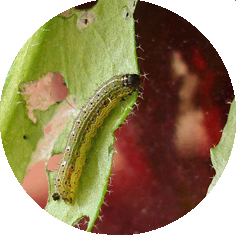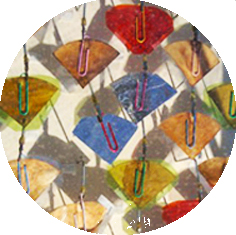UV radiation is a relatively minor component of the solar spectrum reaching the ground surface. Yet it has many important effects on organisms and biogeochemical cycles in terrestrial and aquatic ecosystems.
We study the effects of solar UV radiation on plant growth and secondary chemistry, and investigate the roles of UV radiation as an environmental signal affecting the development and behavior of plants and other organisms, such as canopy arthropods and phyllosphere microorganisms.
In cooperation with the Austin lab we are working on understanding the mechanisms that mediate the effects of UV and VIS light on the photochemical degradation of plant litter. Photodegradation is an important processes affecting the carbon and nutrient cycles in terrestrial ecosystems, and it may be affected by changes in environmental conditions predicted in future scenarios of global climate change.







